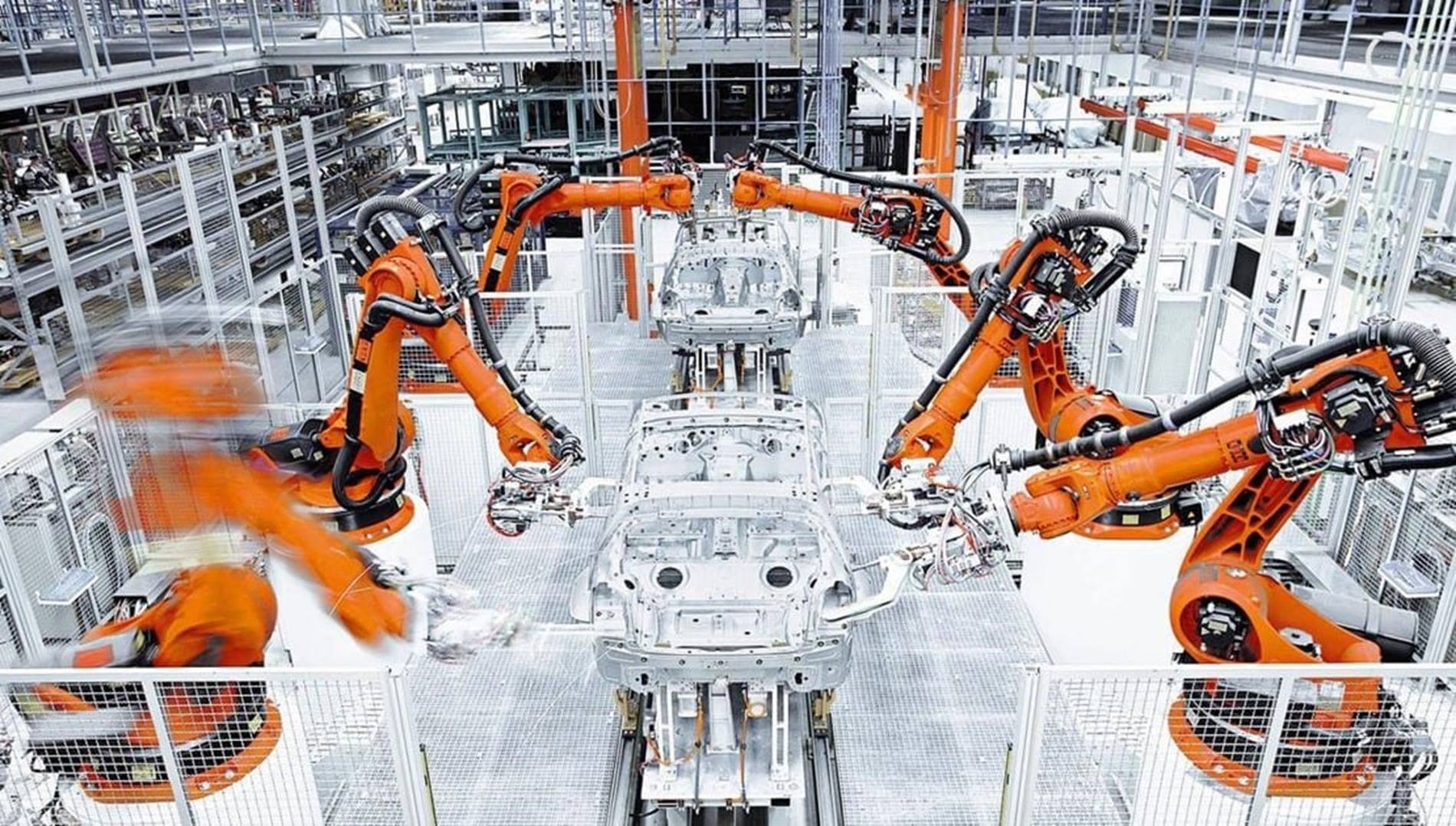
The Truth About Industry 4.0
Industry 4.0 is a constant change process. The problem why Industry 4.0 is not yet exploiting its full potential has been a lack of transparency. Connectivity is the keyword. Why Industry 4.0 is still the solution to many problems.


Where do we stand in Industry 4.0?

Industry 4.0 is a constant change process that affects many departments of a company – from purchasing, which can act very differently with Industry 4.0-supported processes, to the human resources department, which must take new skills into account when selecting personnel. Digital transformation is a complete, long-term transformation of a company: after all, why should machines improve their performance with artificial intelligence if the order form for the required material is still filled out manually on paper? The current challenge is to transfer the knowledge of mechanical engineering to the digital world.
Digitization is not a revolution that happens overnight, but rather a series of stages. Data is collected, information is extracted from it, and it is presented in a vivid way. Knowledge and understanding is built up and decisions are made on this basis, for example, in production sequence control, so that more parts could be produced at the end of the day with the least possible use of resources. But there is much more to digitisation than that: it is about the clear identification of parts and products and their traceability. It is about collecting life cycle data and making it transparent, and it is about new business models such as “pay-per-use” or even “smart contracts”.
What goals is Industry 4.0 currently pursuing?
The following maxims have always been central to the fourth industrial revolution:
- Reduce complexity
- Increase flexibility
- Empowering people to take over control by themselves
- Increase efficiency

Industry 4.0 is actually very easy
The problem of why Industry 4.0 is not yet exploiting its full potential often lies in a lack of transparency. In many cases, the solution is so obvious. Existing data must simply be used correctly. Potentials often appear to be exhausted. It is worth looking into the future or even beyond the actual process, especially if it is not the production on the shop floor itself that is the problem, but the air conditioning system above it, which has to be repaired far too often, causing production to come to a standstill again and again.
Connectivity offers added value
Either way is the correct procedure: Connectivity! We need networked machines to receive data. This is a question that many companies are currently asking themselves: What added value does Industry 4.0 bring me? The reason: Every company has individual requirements and has machines from different manufacturers. The big challenge is to network these different machines. Because different manufacturers also mean different communication standards. What is missing is a common interface through which all machines can speak “the same language”. This is where industrial communication standards such as OPC UA come into play, as well as strategic alliances such as the Open Industry 4.0 Alliance, to which more and more companies are committing themselves in order to jointly agree on existing standards and thus further promote digitization in the factory floor.The conclusion to the truth about industry 4.0

But: Industry 4.0 is the solution to many problems, if the right tools are used correctly. We are only at the beginning. Until now, many basic problems such as connectivity had to be solved. Even if we are not yet completely finished with this, we are only at the beginning of being able to exploit the full potential of Industry 4.0.










